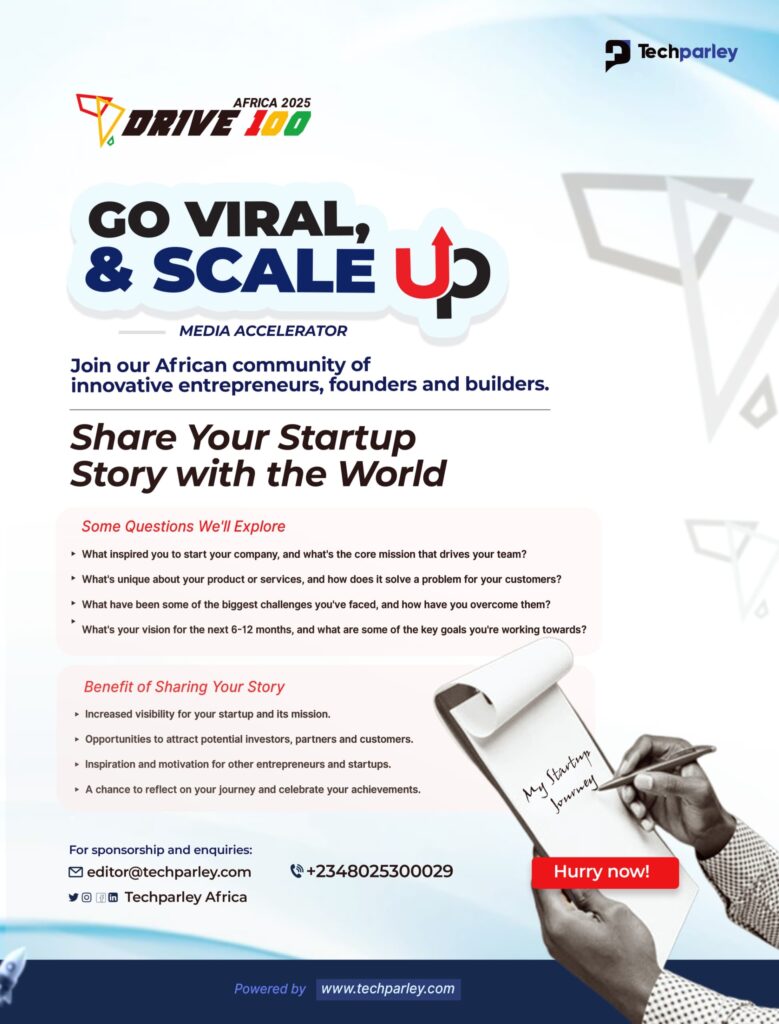Whether you’re a fresh graduate or a professional changing careers, using AI for resume writing and job applications can significantly improve your chances of getting noticed by recruiters and applicant tracking systems (ATS).
From crafting keyword-rich resumes to tailoring cover letters and analysing job descriptions, AI tools can streamline every stage of your job hunt while saving time and increasing precision.
This in-depth guide walks you through how AI can help you build a standout resume, target the right roles, and apply efficiently, all while keeping your application authentic and professional.
Step 1: Understand How AI Impacts Resume Writing and Job Applications
AI has reshaped recruitment by automating candidate screening, skill matching, and resume evaluation. Employers use AI-driven systems to filter applications, while job seekers use the same technology to optimise resumes and boost visibility.
AI can help you:
- Identify relevant keywords for each role.
- Analyse your resume for structure and tone.
- Optimise formatting for ATS systems.
- Generate cover letters tailored to each job posting.
Step 2: Choose the Right AI Resume Builder
The first step in using AI for resume writing and job applications is selecting the right tool. AI resume builders use data-driven algorithms to recommend layouts, analyse skills, and generate text that appeals to both recruiters and bots.
Top AI resume tools include:
- Kickresume – creates AI-generated resumes and cover letters.
- Rezi – focuses on ATS optimisation and keyword relevance.
- Teal – offers resume tracking and job-matching features.
- ResumAI by Wonsulting – helps you write and tailor resumes quickly.
When choosing a tool, prioritise:
- ATS-friendly templates.
- Integration with LinkedIn or job boards.
- Options for detailed editing and personalisation.
Step 3: Analyse Job Descriptions with AI
AI can scan job descriptions to reveal what employers value most. This ensures your resume mirrors the key phrases that hiring systems look for.
Recommended tools for job description analysis:
- Jobscan – compares your resume to a job posting and scores compatibility.
- SkillSyncer – highlights missing keywords and soft skills.
- Teal’s Job Tracker – stores and analyses job listings for optimisation.
Use these insights to naturally weave keywords into your resume and cover letter.

Step 4: Generate and Optimise Resume Content
Once you’ve chosen a platform, use AI to generate your initial draft. These tools automatically format your resume and recommend phrasing that makes achievements sound stronger.
AI can help you:
- Rewrite bullet points to show measurable impact.
- Adjust tone for specific industries.
- Recommend action verbs and skill phrasing.
After generation, manually review everything to ensure accuracy and personality. AI is powerful, but your voice and authenticity matter most.
Step 5: Use AI to Write Tailored Cover Letters
AI can create compelling, personalised cover letters in minutes. Just provide your resume, job description, and tone preference.
Top cover letter generators:
- Kickresume Cover Letter Builder
- CoverDoc
- ChatGPT or Gemini-based templates
Once generated, edit manually to:
- Add your personal motivations.
- Adjust tone for the company culture.
- Remove repetitive or generic sentences.
Step 6: Check Readability, Grammar, and ATS Compatibility
A well-written resume must be both error-free and machine-readable. AI tools can polish your grammar and ensure your document passes ATS filters.
Recommended tools:
- Grammarly – for grammar and tone.
- Hemingway App – for readability and simplicity.
- Rezi or Jobscan – for ATS compliance and keyword matching.
Avoid:
- Complex tables or graphics.
- Decorative fonts.
- Uncommon file formats.
Step 7: Leverage AI for Interview Preparation
AI tools can simulate interviews, assess your answers, and provide feedback on delivery.
Try these platforms:
- Google Interview Warmup – by Google’s Career Certificates team.
- Yoodliv– analyses tone, pacing, and confidence.
- VMock – gives personalised feedback on performance.
Practising with these tools helps you refine communication and reduce anxiety before real interviews.
Step 8: Use AI Ethically and Authentically for resume writing and job applications
While using AI for resume writing and job applications is a huge advantage, don’t let automation replace honesty.
Ethical AI use includes:
- Avoiding false achievements.
- Ensuring AI-generated text reflects your real skills.
- Being transparent if asked about your resume creation process.
AI should assist your presentation, not fabricate your story.
Step 9: Continuously Update and Track Applications
AI-based job management tools can help you track submissions, reminders, and interview follow-ups.
Top tools:
- Teal – tracks all applications in one dashboard.
- Huntr – organises roles, contacts, and application stages.
Keeping everything in one place ensures a strategic, organised job search.
Step 10: Stay Current with AI Trends in Recruitment
Recruitment technology is evolving fast. Stay informed about the latest updates in AI job-matching and resume scanning.
Ways to stay updated:
- Follow HR technology blogs and AI career experts.
- Join LinkedIn groups on job automation and digital hiring.
- Experiment with new tools as they emerge.
FAQs: Using AI for Resume Writing and Job Applications
How does using AI for resume writing and job applications actually work?
AI-powered resume tools use natural language processing (NLP) and data analysis to generate, edit, and optimise resumes based on job descriptions. They identify key skills, structure your information professionally, and help you align with what recruiters and ATS software are looking for.
Are AI-generated resumes accepted by employers?
Yes, as long as the information is genuine and well-presented. Employers care about clarity, relevance, and truthfulness, not whether AI helped write your resume. In fact, many recruiters appreciate resumes that are concise and well-optimised, which is exactly what AI tools help produce.
Can AI improve my chances of passing Applicant Tracking Systems (ATS)?
Absolutely. AI tools can scan job postings, detect critical keywords, and adjust your resume’s phrasing so it ranks higher in ATS screenings. Tools like Rezi and Jobscan are specifically designed to ensure that your resume is formatted and worded to meet Applicant Tracking Systems algorithms’ requirements.
How do I make sure my AI-generated resume still sounds human?
After generating your resume, always review and edit the content manually. Adjust sentences to reflect your real experiences, add personal achievements, and ensure your tone sounds natural. Avoid overly generic or robotic phrasing. AI provides a strong structure, but your voice makes it unique.
Are there risks in using AI for job applications?
The main risks are over-reliance and inaccuracy. Some AI tools may suggest skills or achievements that don’t apply to you. Always verify the content before submission. Also, ensure that the AI platform you use protects your data privacy and doesn’t store or share your personal information without consent.






